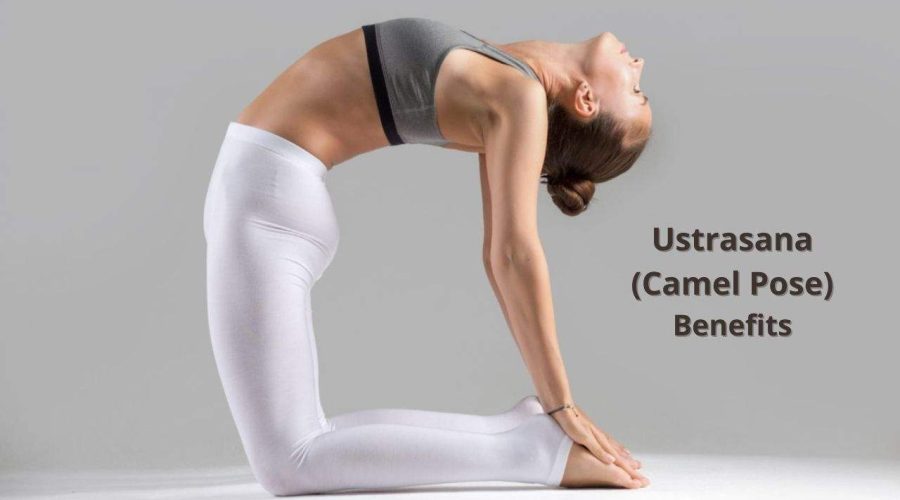Ustrasana (Camel Pose) in Yoga: Benefits, Steps and Precautions
When most people think of backbends in yoga, they generally think of Full Wheel. Camel (Ustrasana), on the other hand, is a more accessible pose for many yoga students. Full Wheel is undoubtedly a backbend, but it also requires a lot of arm and shoulder power and flexibility. You won’t be able to get the full benefits of this position until you have those items.
Camel (Ustrasana) permits you to achieve deep spine extension without using your arms to support your weight. It’s also a far more adaptable position. You have a variety of arm position options when using props.
Benefits of Ustrasana
- Camel Pose stretches the chest, abdomen, and quadriceps in the front of the body.
- It promotes spinal mobility because you’re likely to spend much of the day sitting or slouching, bending your spine forward.
- A backbend flexes your spine in the other direction, which may help you build better posture. It’s thought to open the heart chakra, which is your energy centre for love, compassion, and caring.
Step-by-Step Instructions
Kneeling on the yoga mat or the floor is a common starting posture for Camel Pose.
- Kneel with your torso erect and your hips above your knees. If your knees are sensitive, put some padding under them (a blanket or a double-folded mat).
- Draw your hands up the sides of your body until they reach the rib cage’s sides. Allow your thumbs to rest on the backs of your ribs while the rest of your fingers wrap around the sides and fronts of your rib cage, elbows pointing out.
- As you begin to open your chest toward the ceiling, use your hands to lift the rib cage up for support.
- Maintain your chest position while reaching your hands back one at a time to grab your heels. Tuck your toes under if you need a little additional height.
- The tops of the feet can be flat on the floor if necessary.
- Bring your hips forward until they are level with your knees.
- Allow your head to return to its natural position, opening your throat. You can keep your chin tucked instead if that doesn’t work for your neck.
Precautions
- Camel Pose should be avoided if you have an injury or a chronic problem with your knees, shoulders, neck, or back.
- Don’t force your body into the pose unless it’s flexible enough to do so comfortably. Bend back only as far as your body will allow you to. With constant practise, you will gradually enhance your flexibility to reach the pose.
Frequently Asked Questions
1. What does Ustrasana mean?
Ustrasana (Sanskrit: उष्ट्रासन IAST: Ursana), also known as Camel Pose, is a kneeling back-bending asana in modern yoga.
2.
Does Ustrasana increase height?
Camel posture, also known as Ustrasana, is one of the best yoga poses for height gain since it improves your body’s flexibility and strength.
3. How long should you hold Ustrasana?
While there is no fixed number of times Ustrasana should be practised, it is recommended that practitioners do so two to four times, each time holding the position for 30 to 60 seconds. Ustrasana is a daily practice that can be done. It’s critical not to overwork yourself while doing Ustrasana.
4. Does Camel Pose burn fat?
Camel stance is a yoga posture that stretches the entire front half of the body backwards. This yoga stance will help you lose weight in your stomach, thighs, arms, and hips. This is an excellent stance for toning the body.

